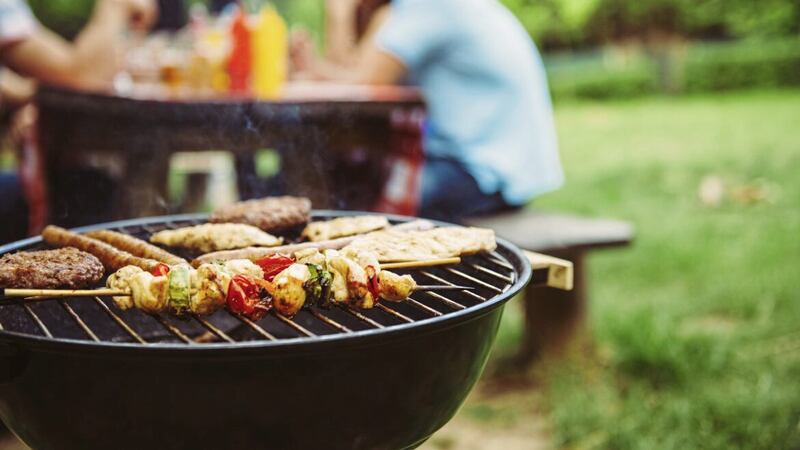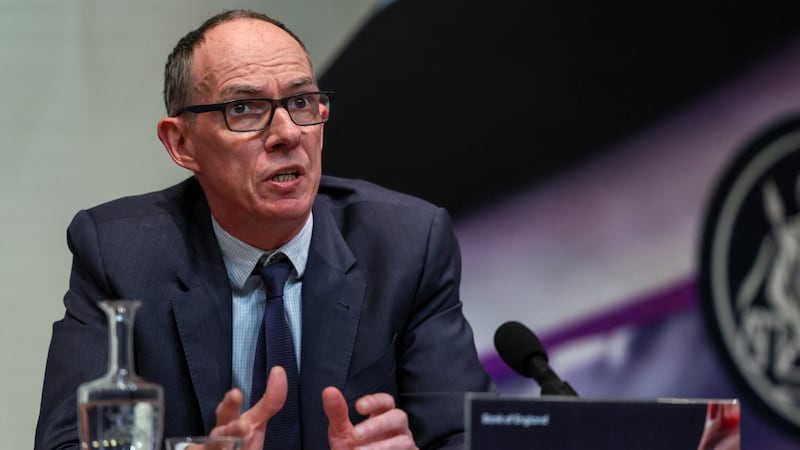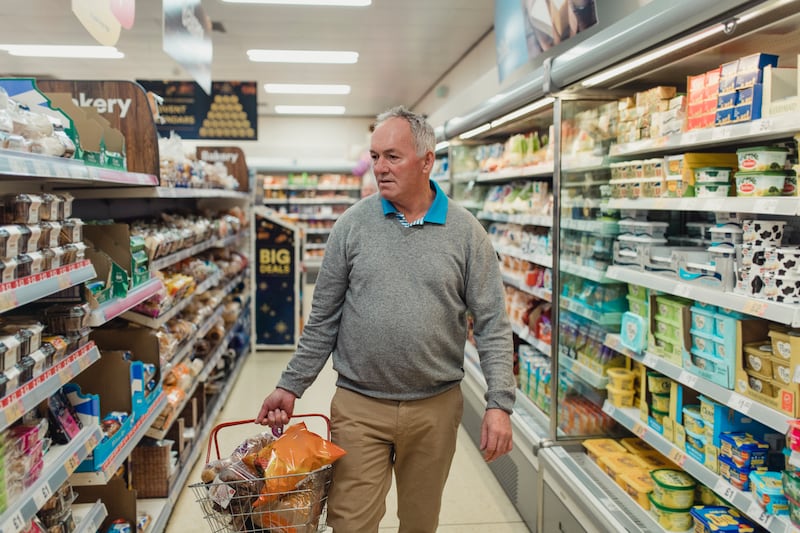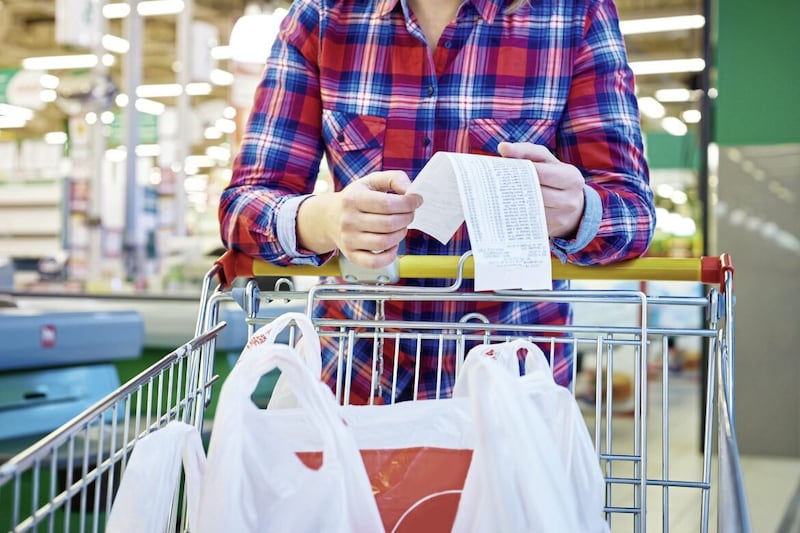INFLATION in the price of groceries is close to a record high of nearly 10 per cent, and it's costing shoppers in Northern Ireland more than £450 a year at the checkout, figures show.
But it hasn't stopped families from preparing for the warmer weather and hosting barbecues, with an additional £957,000 spent on supermarkets on crisps and snacks, £836,000 on chilled prepared salads and £642,000 on ice cream compared to last year, according to retail analyst Kantar.
Its monthly breakdown of the market share of the big supermarkets and symbol stores is derived from Worldpanel’s research covering the purchasing habits of a number of demographically representative households.
The data shows that in the year to July 10, the Northern Irish grocery market saw sales drop by 4.6 per cent, with grocery inflation currently the highest on record.
Inflation remains a key challenge for retailers, manufacturers and shoppers alike, as the average price per pack rose by 3.7 per cent, with everyday staples such as salt, margarine, pasta, cooking oil and milk seeing the steepest increases.
As a result, shoppers are picking up 7.7 per cent less volume per trip and are making on average two less trips to the store, which has contributed to the market’s decline.
“Over the last 12 weeks, the picture has been more nuanced,” according to Emer Healy, senior retail analyst at Kantar.
“Sales slowed by just 0.9 per cent, whereas volume per trip declined by a massive 9.6 per cent. But visits to stores were up 2.5 per cent versus the same time period last year.”

Tesco maintained its top position and is the north’s largest grocer with a 35.8 per cent share of the market. It welcomed an influx of new shoppers in-store which contributed an additional £23.1m to its overall performance.
All retailers declined versus last year, although Lidl declined at the slowest pace and increased its share by 0.2 per cent compared to last July. A boost of new shoppers contributed an additional £10.8m to its overall performance.
Sainsbury’s held a 17 per cent of the market over the period and Asda 16.2 per cent, while the symbol stores, which included the likes of the Henderson and Musgrave owned and controlled stores, commanding a share of 8.2 per cent.







